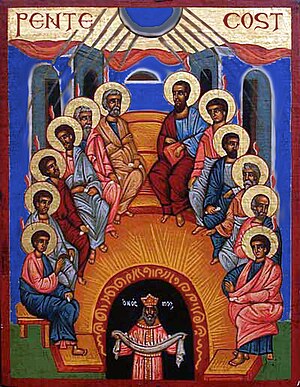
I’ve been going through Geza Vermes’ The Changing Faces of Jesus and here I’ll focus on just one more detail: the way the scholar learns how the early “Jewish church tried to prove that Jesus was the Messiah”.
Vermes points us toward the journey he is to lead for his readers:
The best way to grasp the primitive Christians’ picture of Jesus is by reconstructing the content and style of their preaching. How did they present their gospel, and how did they endeavour to convince their first listeners . . . . The approach they adopted seems to have been substantially the same, whether the message was delivered in Jerusalem or in the very different setting of the Gentile mission of Paul . . . . (p. 121)
The one exception Vermes singles out was Paul’s address to the Athenians from the Areopagus in Acts 17:16-32. I will discuss this in a future post but not from Vermes’ viewpoint. Rather, I will look at the possible inspiration for this scene in a classical Greek tragedy by Aeschylus.
But this post is a case-study in how New Testament scholars mistakenly think they are doing genuine history.
Geza Vermes’ approach in his own mind is genuinely “historical”:
This view . . . . is that of a scholar, of a detached historian, in search of information embedded in the surviving sources. (p. 7)
So, according to the surviving sources, how did the early Jewish Christians try to convince others that Jesus was the Messiah? Continue reading “How did early Christians [not] convince others Jesus was the Messiah?”
